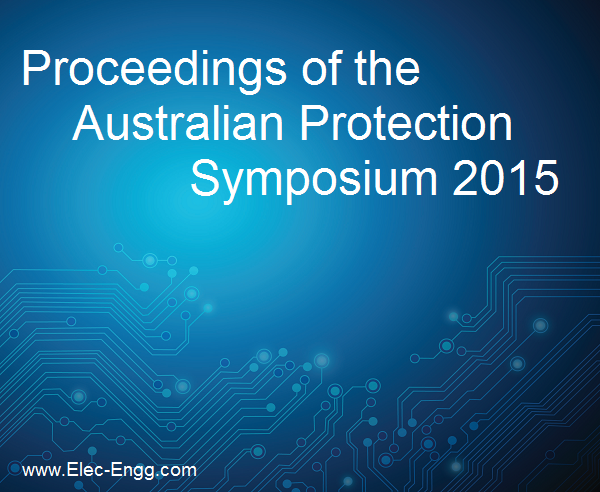
Proceedings of the Australian Protection Symposium
The Australian Protection Symposium is a forum for discussion and sharing of knowledge and first-hand experiences from Australia and around the world, whether it fundamentals, new approaches, technology developments and standards, strategies and implementation experiences, or even failure case studies, there will be a discussion that will benefit you and your organization in the area […]
Proceedings of the Australian Protection Symposium Read More »
